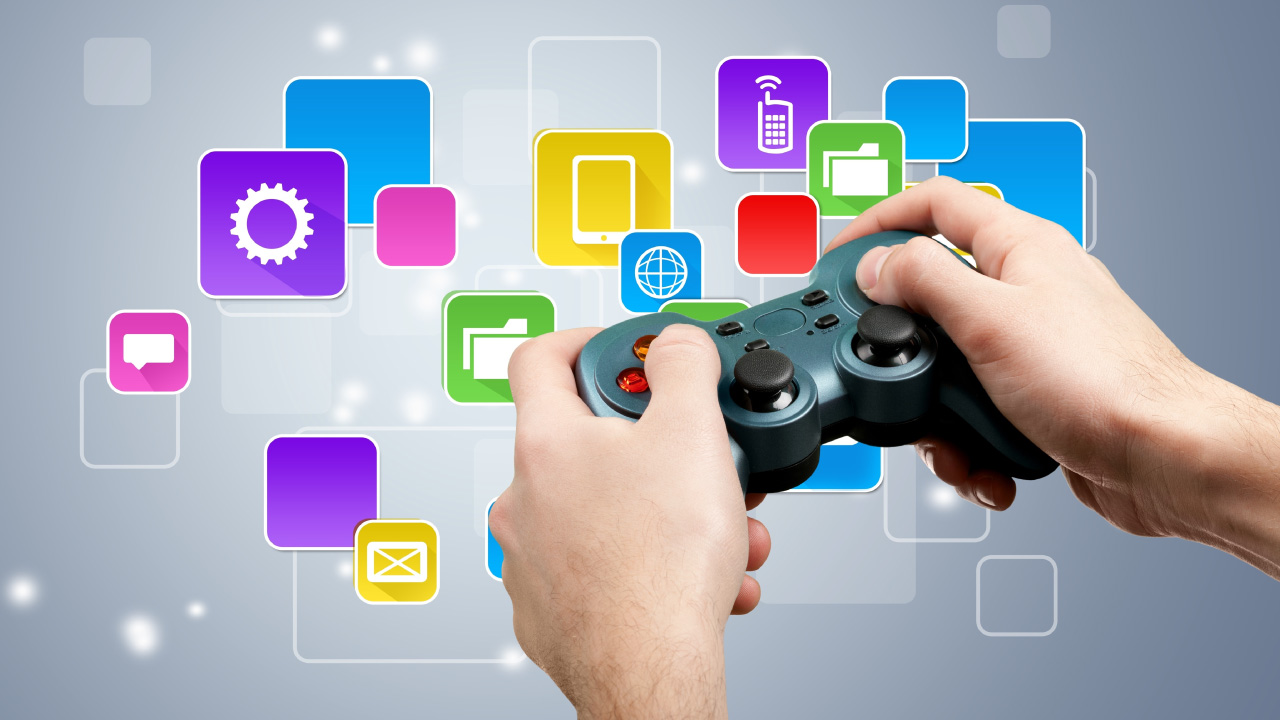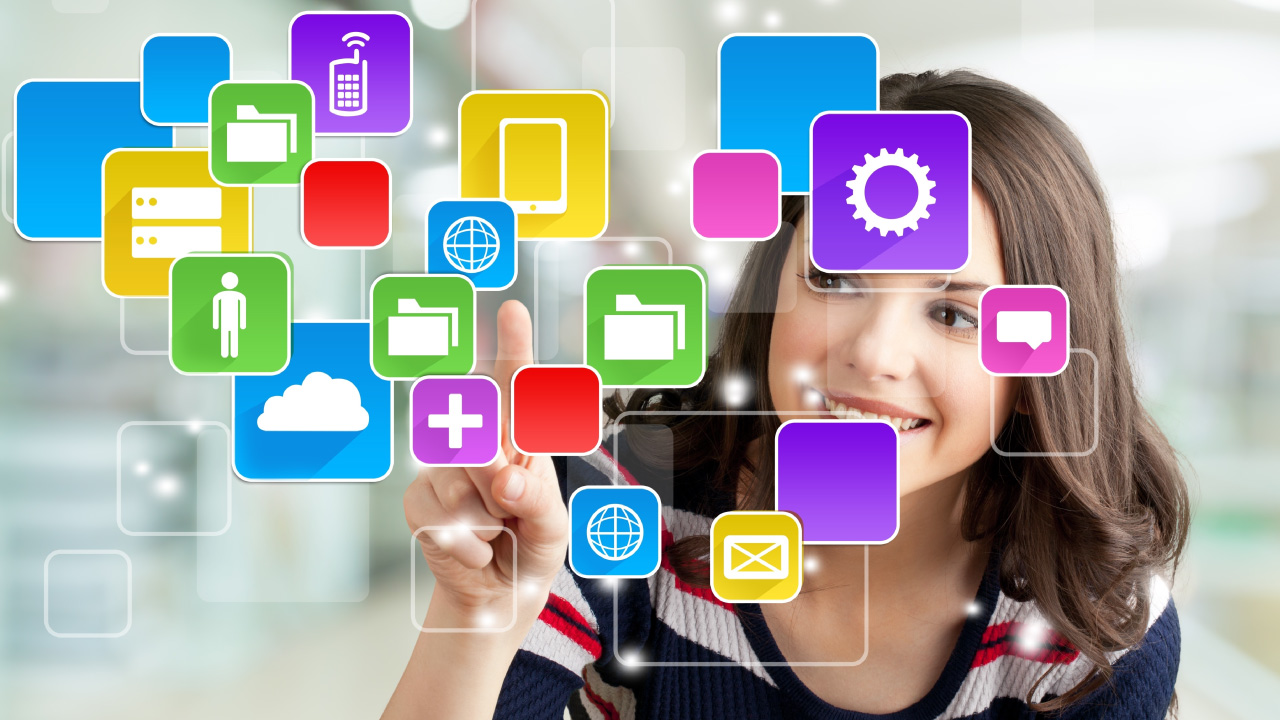Gamifying Your App? Things you need to keep in mind
Pros & Cons of App Gamification
Though the term sounds quite fancy, it has been in practice for ages. Haven’t we all loved Julie Andrew’s dialogue in Mary Poppins- In every job that must be done, there is an element of fun. You find the fun, and – SNAP – the job’s a game!
A coin has two sides. Before we toss the coin to understand the sides, let us first understand the coin itself.
Gamification- A brief introduction.
The process of incorporating gaming aspects into your mobile app is known as gamification. Users can be engaged and kept focused on their objectives while important KPIs like retention rate, sessions, churn, return on ad spend, and overall user experience are optimized. Human psychology is used in gamification app design to keep users interested. Gamified mobile apps ensure that users get rewards with a sense of accomplishment that encourages them to utilize the app more frequently. As a result, you gain a competitive advantage and can meet your growth objectives.

Different Types of Gamification Elements
- Reward: Every time we do anything, we prefer to get something in return. Thus, apps use this same approach to keep users. Mobile app users are more driven to utilize the program that gives a reward for accomplishing a particular work.
- Quiz: App quizzes are shared at least X1900 times. If it complies with your app’s standards, it would be a wise strategy to improve contact with app users. The users would at least attempt to respond to the queries for fun.
- Goods & Kinds: Virtual products as rewards have a higher long-term value. Virtual goods are frequently utilized as a component of loyalty programs, such as airline flyer miles that may subsequently be redeemed for certain upgrades or flights.
- Badges: No matter our age, we all enjoy the excitement of getting a medal or badge. This is referred to as recognition and is more incentive to accept the upcoming task. Badges can be a strong gamification tool to engage people if used properly.
- Progress Display: Also known as a performance chart- it is a clever method to keep users interested and motivated, whether you employ a points system or award them with in-app badges. This might include tracking the amount of time they have spent learning and their test-taking efficiency for educational apps. Run times, calorie counts, and the number of sessions finished each week might all be displayed on a user’s progress screen for fitness apps.

Gamification Elements in Different App Vertical
- Fitness: The inclusion of game-like aspects to fitness activities like daily workouts, exercise routines, and strength training is known as fitness gamification. Fitness tracking apps like pedometers or rep-counters that measure progress and reward users for meeting objectives and milestones are frequently used to implement gamified fitness. Your physical activity can be measured and tracked with gamified fitness apps on your phone. You may make your workouts more enjoyable by tracking minor motions. You progress up league divisions as you complete daily and weekly movement targets, and you immediately receive incentives. It establishes a more direct connection between rewards and fitness. And it’s through that relationship that fitness becomes a habit.
- Ed-Tech: Gamifying eLearning applications aid in student engagement, retention, and learning motivation. Young pupils benefit from gamified learning experiences in other ways as well. Adults also benefit from it as well because 40% of learners prefer images to plain text. Gamified instruction encourages critical thinking. Students can put new tactics into practice in a setting of competition and peer learning.
- Productivity App: If life is a game, then we can use gamification to hack our lives to inspire, push, or deceive ourselves into becoming more productive. Gamified applications may aid you in sticking to your goals and achieving them more quickly than ever. It’s a great way to add some excitement to boring jobs. Applications that incorporate gaming elements into routine jobs can increase interest and productivity. Non-game duties become more engaging, interesting, and accomplishable when a game features like reward schemes, rivalry, challenges, or plotlines are included, enabling you to do more in less time.
- Fintech: Fintech services often require a lot of setups. They frequently involve submitting paperwork, developing financial literacy, and connecting to a bank account. Maintaining client momentum during the sign-up process can be challenging. With less friction, customers can complete the process without becoming sidetracked or distracted thanks to fintech gamification, which is a potent technique for addressing onboarding hurdles. The most basic type of gamified encouragement to finish a procedure is a progress bar, which is similar to an online checkout process like Amazon’s. It displays a customer’s progress, jogs their memory of their objective, and quantifies their prior investment in the work, which they would forfeit if they gave up.
Pros of Gamification
- User Engagement: An app’s ability to reward users for utilizing it can boost user retention and provide you a chance to monetize your app. You have undoubtedly already encountered the inherent competitiveness of people. Have you lost the time track in a video game? Have you devoted hours to passing level after level? If so, you are aware of how things operate. Games may be incredibly engrossing, particularly if players level up after completing each challenge. Apps function similarly when gamified. Users will use your app more often if they are aware that there is a benefit to doing so. For completing specific tasks, making in-app purchases, or simply spending time in the app, rewards may be awarded.
- An Increased number of users: It’s great to unlock different achievements and get rewards, but some people want more than just acknowledgment – they want to excel! Users will be encouraged to play and use your app more frequently if you allow them to compete on the leaderboard. Additionally, your mobile app will draw in more users if they publicize their accomplishments, for example on well-known social media platforms. A properly gamified program can be considerably more engaging than its non-gamified version, and it’s not just about competition and social networks. This is particularly true of educational, physical fitness, and other life-improving apps.
Cons of Gamification
- Expensive: Gamification takes longer to make than traditional instructional designs. Time is money. Budget overruns are simple to generate because of the increased pressure on time. Not to mention the cost of the additional components added to the game to enhance it. Using animations, graphics, stock photos, movies, music, and sound effects is not free.
- Maintenance Cost: In addition to being expensive to produce, games are often expensive to maintain. Cool games from a few years ago start to appear dated very soon. The quality of the game and the material is a concern for app creators. Another flaw is the game’s reference value. In a sense, games are one-and-done. When it comes to gamified edtech apps, students won’t want to play them again if they need to review prior knowledge. Depending on the topic, a quick reference may also need to be created in addition to the game. This naturally drives up the project’s cost.
- Getting it right: Getting it right might be difficult if key strategies are incorrectly executed, the campaign’s performance may backfire and disengage users. It is especially true based on the game’s difficulty levels. Customers will lose interest in games if they are too challenging. If games are overly simple, they won’t foster innovation and will rapidly get monotonous to the player. Users may find gamified information to be confusing or distracting. Users may not be able to engage fully with your business and its offers if your campaign has too many gamified features.
Wrapping Up,
Gamification is applying game features in non-game contexts to increase user engagement by making a tedious task enjoyable. It already exists in many fields, including productivity, healthcare, and education, and it appears to be effective since the human brain is always looking for new challenges.
Have you not yet gamified your app? If you’re interested in finding out more about how to increase user engagement, we’ve put together a guide containing the strategies every app should employ. Contact us today to gamify your app.
